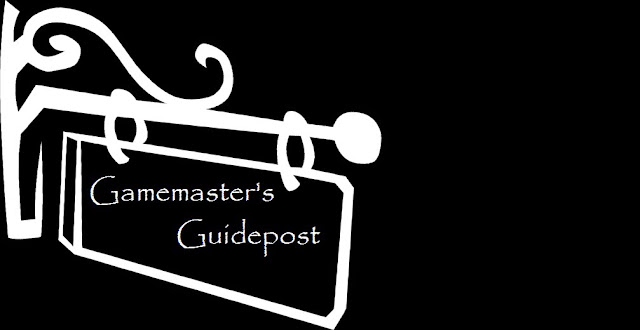Being a grown-up is overrated. You got bills and responsibilities and maybe kids of your own. Basically, it’s a pain and people always look at your funny when you throw up all over your shirt. GURPS has a wonderful and simple method for taking a character from childhood all the way to adulthood. Inspired by this post I thought it might be expanded a bit. First, what do the rules actually say? Turning to p. 20 of the Basic Set gives us a small paragraph on the subject:
“A human infant has 30% of his adult ST score, 40% of his adult DX, 50% of his adult IQ, and Size Modifier -3. A 5-year-old has 60% of his adult ST, 70% of his adult DX and IQ, and SM -2. A 10-year-old has 80% of his adult ST, 90% of his adult DX and IQ, and SM -1. A 15-year-old has adult scores. Interpolate between these values for children in other age groups.”
So the first thing we should do is go ahead and figured out what the rest of the ages would have for attributes:
|
Age
|
ST
|
DX
|
IQ
|
SM
|
|
Infant (up to a year old)
|
30%
|
40%
|
50%
|
-3
|
|
2 years old
|
35%
|
45%
|
55%
|
-3
|
|
3 years old
|
45%
|
55%
|
60%
|
-3
|
|
4 years old
|
55%
|
65%
|
65%
|
-2
|
|
5 years old
|
60%
|
70%
|
70%
|
-2
|
|
6 years old
|
64%
|
74%
|
74%
|
-2
|
|
7 years old
|
68%
|
78%
|
78%
|
-2
|
|
8 years old
|
72%
|
82%
|
82%
|
-1
|
|
9 years old
|
76%
|
86%
|
86%
|
-1
|
|
10 years old
|
80%
|
90%
|
90%
|
-1
|
|
11 years old
|
84%
|
92%
|
92%
|
-1
|
|
12 years old
|
88%
|
94%
|
94%
|
-1
|
|
13 years old
|
92%
|
96%
|
96%
|
0
|
|
14 years old
|
96%
|
98%
|
98%
|
0
|
|
15 years or older
|
100%
|
100%
|
100%
|
0
|
I had to fudge it a little going from infant to 5 years old, but that looks about right. Obviously, these little jumps will mean little to character development unless a character has a high attribute score. But how could you make them matter? Well, if you’re actually playing out a character who ages normally in game then you could represent each jump with a character point toward a skill controlled by that attribute and when you get to the attributes base cost just increase its level and reduce the skill (to a minimum of 1 point). This way your character has a more “organic” feel as he branches out in a logical and consistent way. For example, if your character just turned 11 he might give him four points to spend on DX-based skills and another four on IQ-based skills. Of course, this IS slightly cinematic and GMs should guide players on where they spend these points so their isn’t issues later when they’re converted to a attribute increase. All of this assumes that you’ve set aside points to increase your attributes to their adult levels (perhaps bought as potential advantages). Character points earned in game play might accelerate your attribute increases or give you access to better skill levels than what might normally be possible. Do keep in mind that unless your character is nominally 50 points or less then you’re playing the cinematic “neighbor kid” who’s involved in adventures with other adults. Even then you could dump all your points into potential advantages for attribute increases or buying off advantages that most kids have (e.g., Social Stigma (Minor)). Also keep in mind that not having Patron (Parents) is a distinct disadvantage and should be treated as such. Being a orphan without any sort of governmental or adult help is tough and tends to make the sorts of origin stories that have been popular in fiction lately.
Picking Over the Bones
Playing in a campaign starting off as children is fun and exciting and I’ve ran such before. The players got to grow up together forming a last bond and giving them a reason why they are together when their “older adventures” start. But GMs beware – playing characters who can’t do much and still need stepladders to get to the cereal might not be fun. Best to play two to five sessions to represent a childhood bonding event or the like. Anything more might get boring. GMs should be very careful when campaigns that feature mixed age characters to let the older characters treat the younger ones but so different. He should also consider giving out higher levels of Luck or other meta-game traits to players of kid characters to represent the genuine cinematic feel that movies portray youngsters as having.

